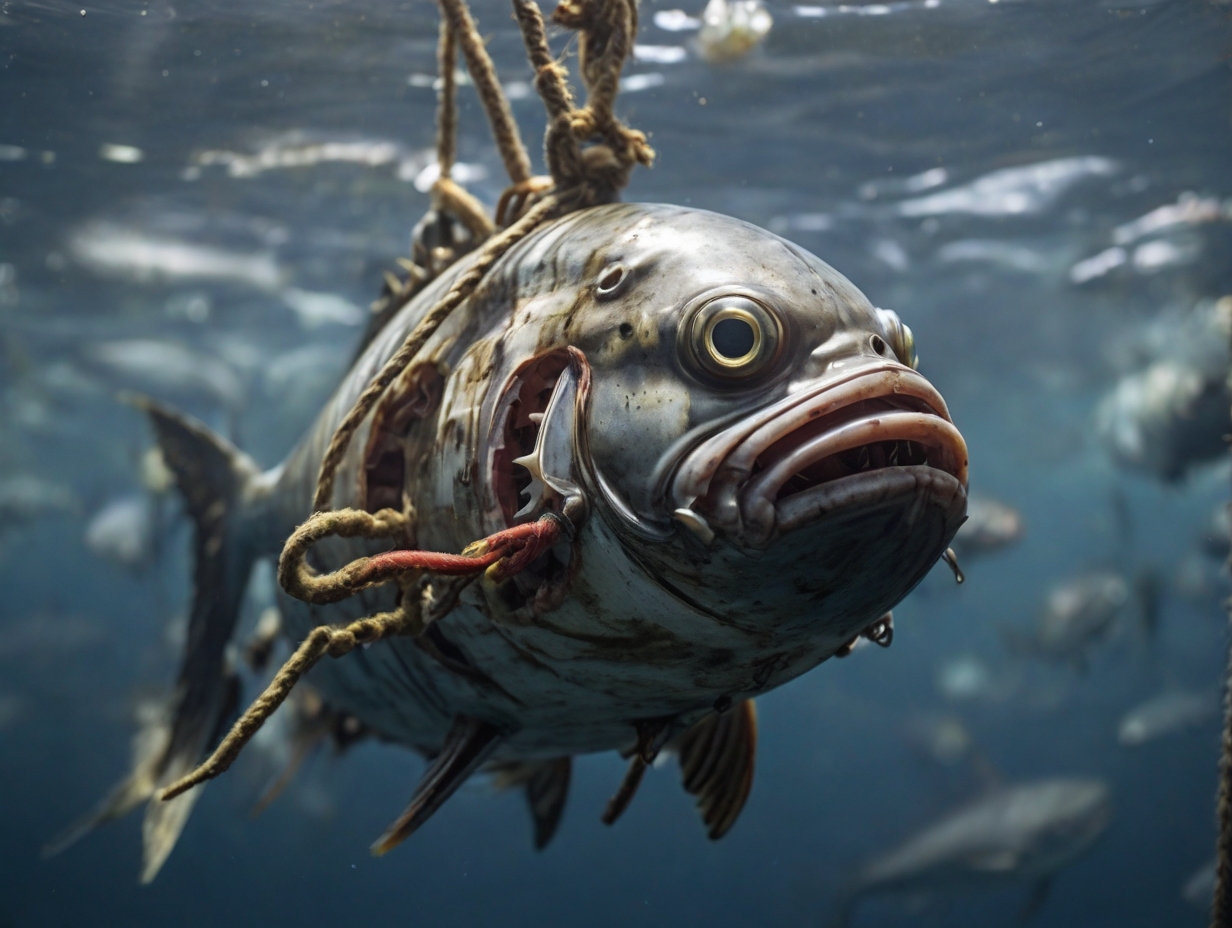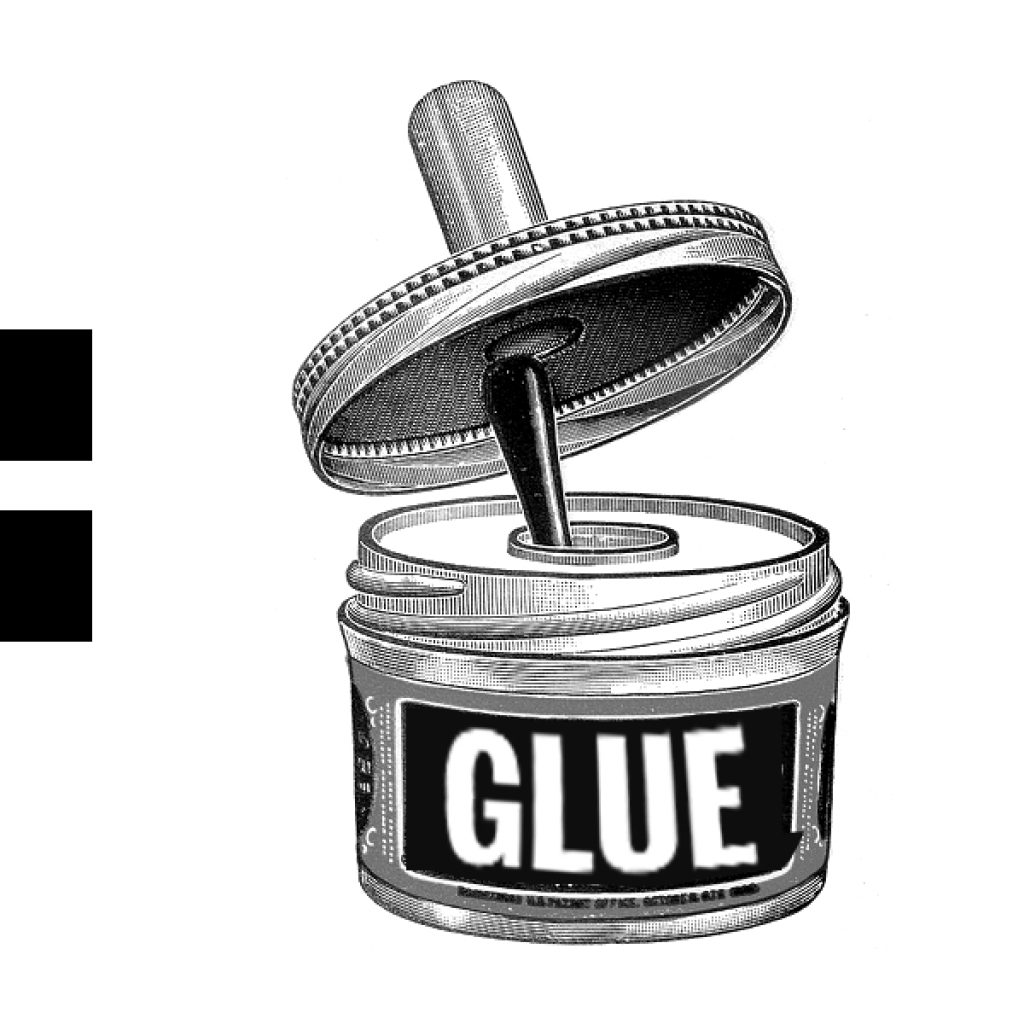Struggles to discontinue unlawful, unregistered, and unmanaged fishing have intensified. Recently, 25 Spanish-flagged fishing vessels were punished by the Spanish government for operating around Argentina’s underwater borders. Fines were paid for the vessels that voluntarily shut down their transponders with the AIS that tags vessels on the automation of their GPS-based AIS (AIS) systems. Usually, vessels fall into such categories of IUU fishing reports.
In a statement, David Kroodsma, head of research at Global Fishing Watch, underscores the alarming level of the problem, approximating that IUU fishing accounts for up to 20% of the known catches. As per the statement by the UN Food and Agriculture Organization, this amount is even greater as it is believed that annually, IUU surrounds about 26 million tonnes of fish and can reach several $23 billion.
Sophisticated AI and satellite imaging
Global Fishing Watch, co-initiated by Google, Oceana, and SkyTruth, a leading non-profit fighting cancer, uses AI systems and satellites to track over 65 thousand commercial fishing vessels globally. The technology has to follow vessels and ensure they abide by AIS regulations. AI can sift through vessel attributes such as pattern signatures, location data, and environmental factors to monitor potential vessels involved in illegal fisheries.
According to scientists, almost 75% of industrial fishing vessels fail to install tracking tools to assist the public in selecting seafood in due time. The majority of those are in Africa and South Asia. Global Fishing Watch is EVOLVING (or the like) and is working on evolving to add high-resolution satellite imagery for better detection and identifying smaller vessels.
Underwater robots: A new frontier in surveillance
Along with such AI projects, the University of Southampton and RS Aqua team have developed water bots that carry AI and scrutinize fishing actions. These self-driving submarine devices compare underwater sounds with AI technologies to locate fishing sounds, which are usually distinct from the sounds of natural oceans.
Professor Paul White of the University of Southampton, Statistics Signal Processing Chair, says the research aims to control fishing activity only where marine protected areas (MPAs) are. Stricter surveillance gives the MPAs major time as only 8% are designated as MPAs, and less than 50 50 have full protection from fishing. The specially designed and programmed underwater robots used to conduct this monitoring mission at extended time ranges will connect the local authorities whenever any fishing activity is detected, assuring a timely response.
Industry response and future outlook
Mr. Paul Lansbergen, the head of the International Coalition of Fisheries, which specializes in reducing the negative effects of illegal, unregulated, and unreported fishing on the sustainability and economic stability of such industries, says this phenomenon involves fishing efforts that are not only disgusting but also irresponsible because they affect the natural ecosystems of the fish and may damage other shipping activities and waters in the future. He portrays how AI does serve as a support that works side-bat-side with traditional policing.
Lee, with the attempts to end IUU fishing, the businessmen call on the consumers to be wise when choosing and supporting initiatives against illegal fishing. However, new technologies, like AI, make the war against IUU fishing easier, and there is hope for more effective patrol and observation.
The fight against illegal fishing is taking new steps, including the most recent technologies and international collaboration. The futuristic AI machines and the underwater robots’ expanding vigilance are still protected by the related parties to confer for the sustainability of global fisheries and marine environments.
Original story from: https://www.bbc.com/news/business-68564249





